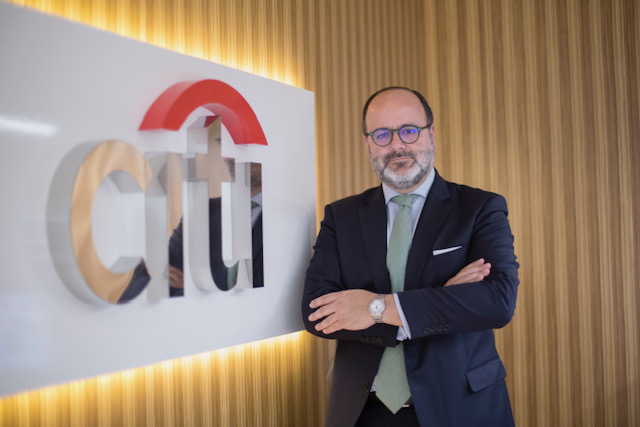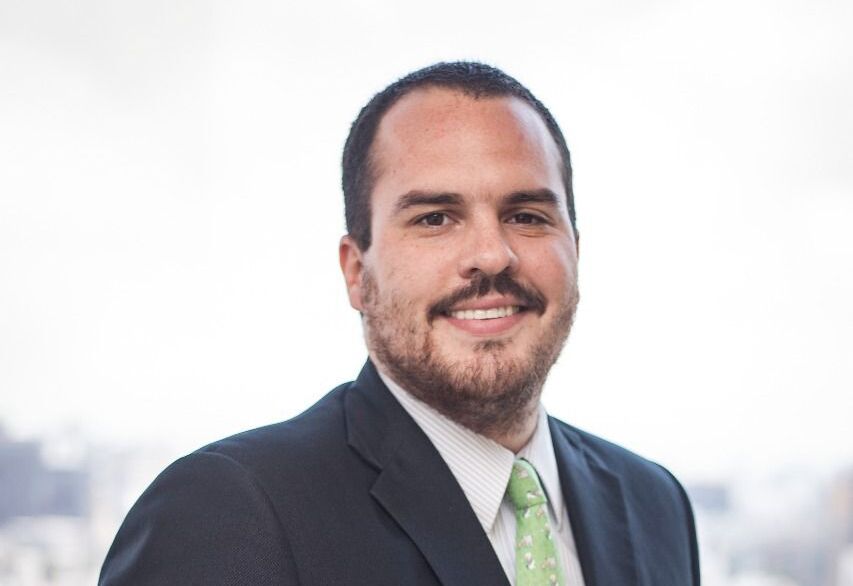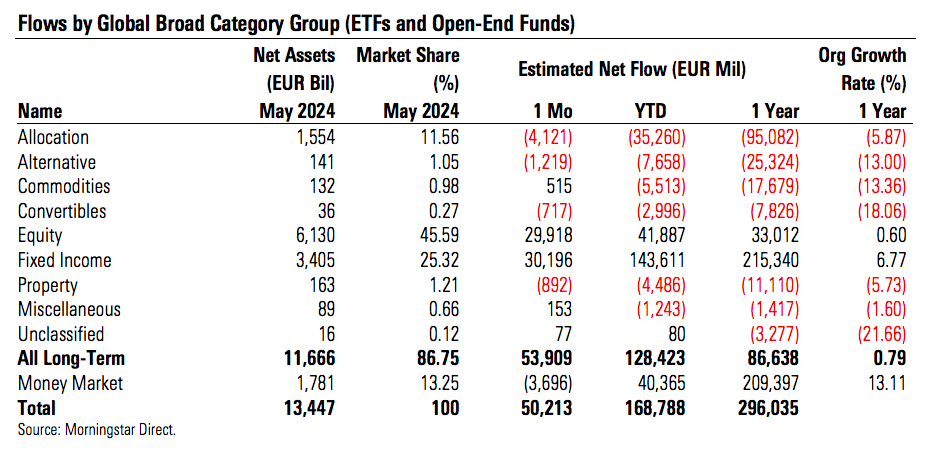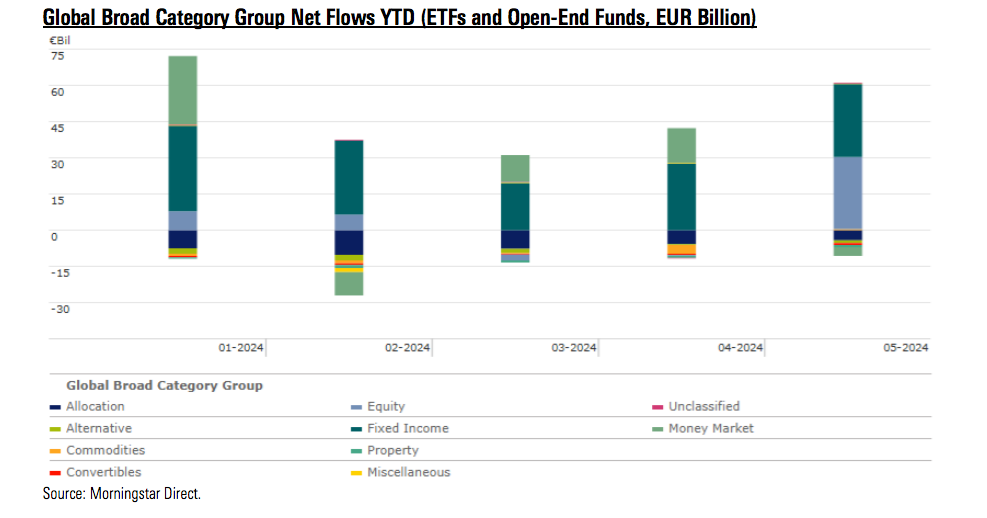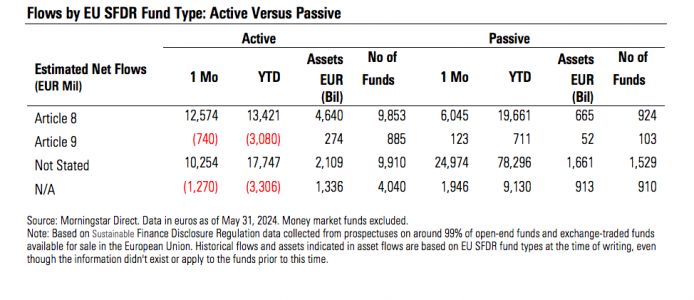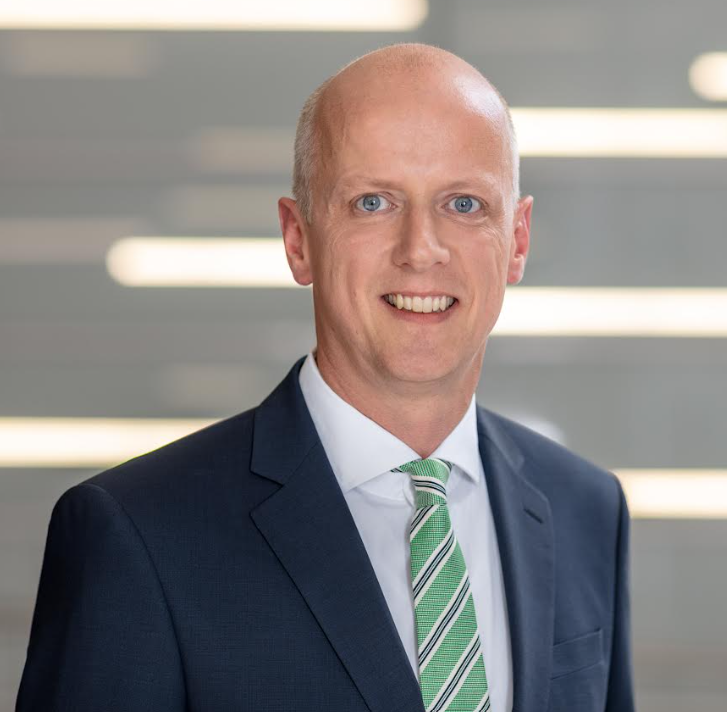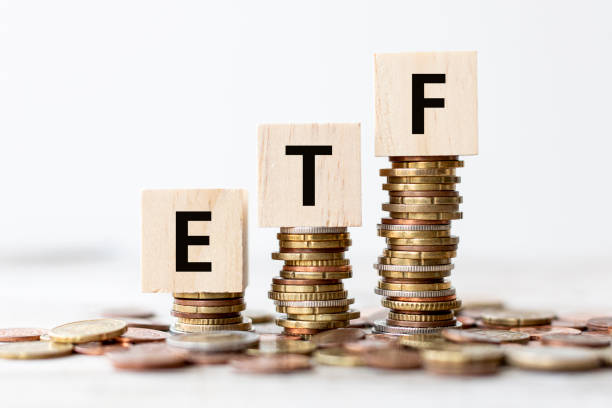Special Purpose Vehicle (SPV): An Advantage or a Disadvantage When Investing in Private Markets?
| For Amaya Uriarte | 0 Comentarios

According to a survey conducted by CSC among professionals working in private markets, 29% believe that the necessary conditions are in place for an increase in investments and deals. Additionally, 46% think that the market context will improve in the next two to five years, which will lead to an increase in special purpose vehicles (SPVs), also known as special purpose entities.
The study, whose authors assert that SPVs play a fundamental role in optimizing investments in private markets, provides a geographical perspective. For instance, respondents in the Asia-Pacific region are the most cautious, with only 16% believing that market conditions will improve within a year or are already improving. This contrasts with North America and Europe, where 37% and 33%, respectively, already see improvements or expect improvements within a year.
Among other key findings of this survey is the significant role that SPVs and private debt are playing in increasing investment in private markets. Specifically, 67% of debt professionals believe that market conditions will improve in the next two to five years.
“Our study has found a much more optimistic sentiment among senior professionals in private markets after years of significant market volatility, which bodes well for the broader investment sector and the global economy. Private debt professionals were much more optimistic than their colleagues in other sectors. This supports the trend we are seeing more generally in the market, which is leaning towards private debt,” says Thijs van Ingen, Global Market Head of CSC Corporate and Legal Solutions.
CSC’s study comes at a time when private markets have begun to recover after significant volatility and headwinds in recent years. The firm notes that the use of SPVs, critical structures at the heart of the global investment system, has also grown, but so has the complexity faced by managers due to increased multi-jurisdictional regulation, stricter reporting requirements, and the need for richer levels of data granularity.
According to Delphine Jones, Managing Director of CSC Client Solutions, SPVs have become increasingly complex and involve more management work. “The SPV ecosystem has also become relatively inefficient, with a lot of unnecessary complexity. It is in this environment that outsourcing to specialized SPV administrators is also growing,” Jones comments.
This complexity has led many firms investing in private markets to opt for outsourcing part of the management of these special vehicles. In this regard, the CSC survey shows that the main criterion for outsourcing is “finding a good administrator,” according to 66% of respondents. Other criteria mentioned, in order of relevance, include finding a reputable administrator, technology and data and reporting capabilities, and access to a sophisticated technology platform. Additionally, respondents involved in real assets like private equity and debt indicated that they would like technology to provide a centralized portal for a single view of all SPVs (57% and 59% respectively).
“Many cited technology as an important factor when selecting their SPV administrator, highlighting the importance of technology in SPV management. This includes optimizing deal sourcing, investment, helping portfolio performance, and many other areas. Regardless of the strategy, fund managers aim to have a technology-enabled approach and seek to achieve an all-in-one administrative solution as much as possible. While it may seem advantageous to use multiple outsourcing partners, having too many partners can actually make processes even more complex. Consolidating their SPV administration to a single global outsourcing partner helps to optimize their processes,” concludes Thijs van Ingen.



